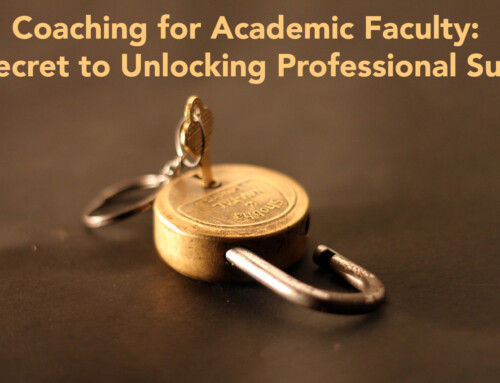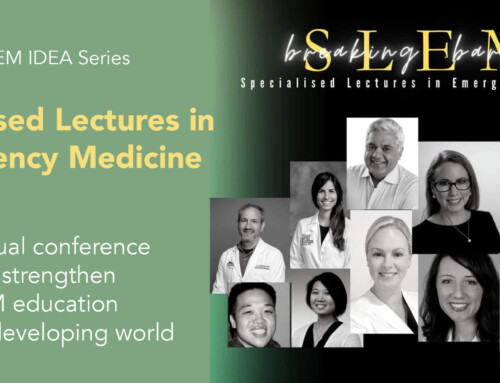Introduction
Checklists have now almost become status quo in current medicine. My earliest encounter with the surgical checklist phenomenon was during PGY1 as an off-service intern. At this point, early adopters were running around with “Checkmark” safety-pins on their surgical caps, trying to encourage everyone to take up the cause. There were jokes and exasperated sighs each time a case started, but most complied with the task at the behest of opinion leaders (often the senior OR nurses in the room). Two years later I returned to see a culture change. OR teams seemed to communicate better, things seemed to flow.
Synopsis
Few of us doubt the importance of checklists anymore in medicine. In his book, Dr. Atul Gawande takes us through his experience and journey with checklists. As a prominent patient safety expert, Dr. Gawande regales us with first hand recounts of helping to develop and implement the World Health Organization’s surgical checklist. Through his eyes we experience how a seemingly simple “intervention to-do list” can be vastly altered by the sociocultural and economic milieu of each environment.
He also explores the use of checklists in other industries, including the origin of the safety checklist which stems from the aviation industry. In the chapter ‘The End of the Master Builder’, he explores the impact of checklists and variants to increase communication between disparate team members working on the same goal.
Relevance
Industries with a perceived higher risk such as aviation and nuclear plants have a much better safety record than health care. There is a one in 1 000 000 chance of a traveller being harmed while in an aircraft. In comparison, there is a one in 300 chance of a patient being harmed during health care.
– World Health Organization
Checklists are here to stay, and inextricably linked to patient safety. To this regard, The Checklist Manifesto is a must read for anyone working in the healthcare industry or who had exposure to patients. This book explores the multiple reasons why they are important. They are useful as a communication platform, and as a relatively quick way to ensure standards are met.
Often some of the main complaints about checklists are that they are ‘dumbing us down’ or using the ‘minimum standard’…or one of the great sins in Emergency Medicine ‘slowing us down’. Checklists are a form of the more methodical ‘System 2’ thinking, as described by Daniel Kahneman in his book Thinking Fast and Slow). In contrast, most experts use a predominance of ‘System 1’ thinking with ‘System 2’ enacted when patterns don’t fit.
Checklists also may be of variable benefit for clinicians at different levels of training and expertise. Some argue that at the individual level of the expert clinician, checklists probably don’t make sense because they guide to the answers. However, for junior learners and less experienced ED practitioners, these lists may serve as a safety net to ensure to think of everything.
In the end, checklists may be most useful from the perspective of having a uniform platform, or shared mind-space, where team members from different backgrounds need to communicate efficiently and effectively. Reflecting on our ED experiences, I realize that ACLS (and its famous H’s and T’s for PEA management) or your Trauma resuscitation sheets (Airway? Breathing? Circulation? GCS?) are ways to ensure that everyone in your resuscitation bay is on the same page. Our competencies with team-based care require us to have that shared mental space (for more on this see Lorelei Lingard’s chapter in her new book ‘The Question of Competence’ where she details how we can rethink competence in the context of teamwork.)
Creating Checklists for The Emergency Department
When thinking about how checklists can work in your ED, think about what purposes they can serve. For example:
- Useful for rare, complicated, high-risk events like a Blakemore insertion
- Useful for communication in team-based patient care
- Useful for critical actions
- Less useful for common, low risk events like suturing a simple laceration
Take Home Points
- Checklists are everywhere. Literally. If you look hard enough, you’ll see them.
- Checklists can be valuable communication platforms to create a ‘shared mind-space’ for various team members. They can improve the group’s thinking process and elevate the entire team so that everyone knows what is going on. Leave no one behind.
- Checklists have their role in increasing patient safety… But one needs to take into account local culture, power dynamics, and politics when implementing. As with any change process, buy-in from all stakeholders, including the participants, is critical.
Book Club Question Corner |
Just think about the Ottawa Ankle Rules or the PERC rule. Although both were designed to help us make important diagnoses, interestingly CDRs are always taught with the caveat that they do not replace clinical gestalt. What is the difference between a CDR and a checklist?
Post your responses to our questions or comments on the book below to participate in our Book Club! Follow our Twitter hashtag #ALiEMbook. |
Update 8/23/13: Read the summarized synopsis of the successful multi-platform discussion from Twitter and this blog.
Book: The Checklist Manifesto: How to Get Things Right [Amazon]
Book’s Author: Atul Gawande, MD
ISBN: 978-0-8050-8-9174-8
Publisher: Metropolitan Books, Henry Holt and Company, LLC. NYC, NY
Book Club Review written by: Teresa Chan, BEd, MD
Peer Reviewed by: Nikita Joshi, MD & Michelle Lin, MD
Disclaimer #1: Neither I nor this website have any affiliations, financial or otherwise, with the book or Amazon.com.
Disclaimer #2: By participating in this online discussion, we reserve the right to publish your attributed thoughts in a synopsis for future print publications.





